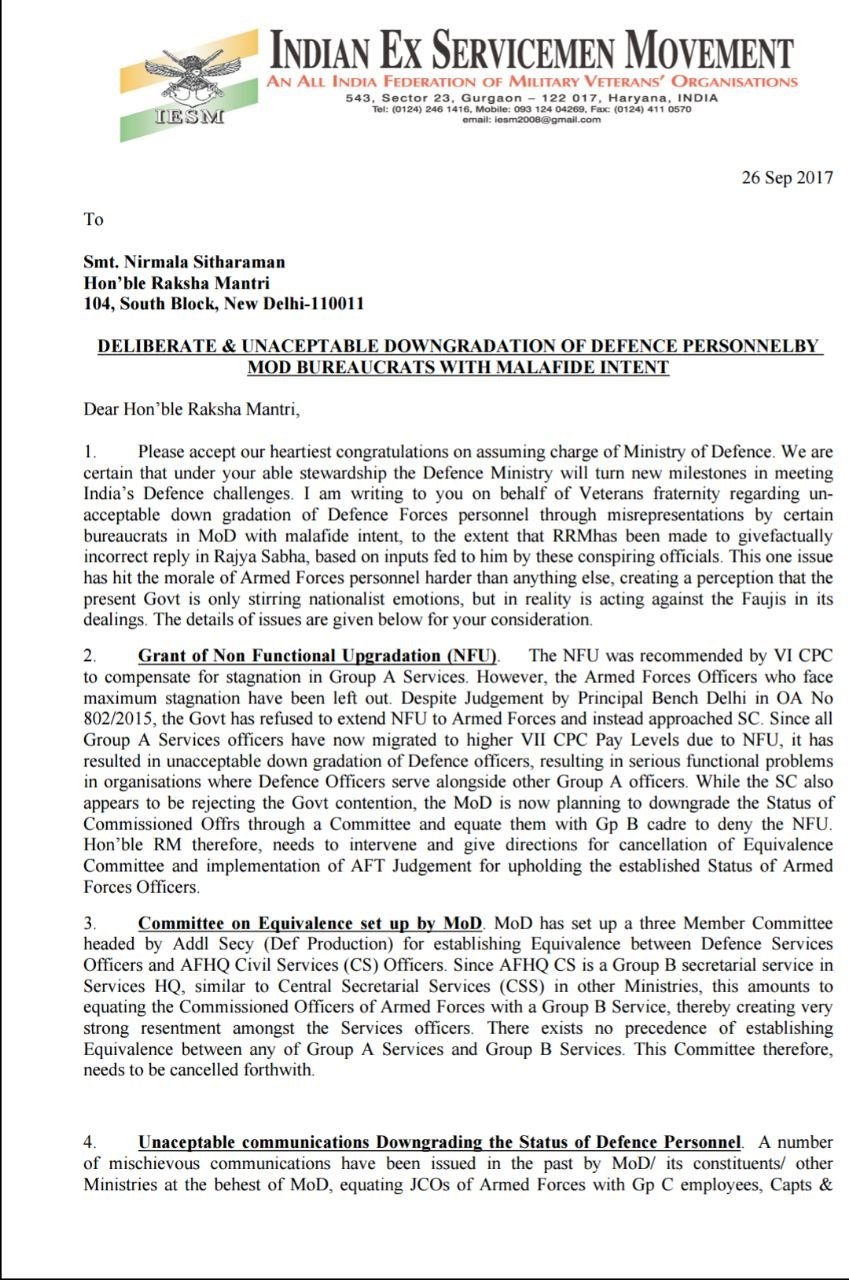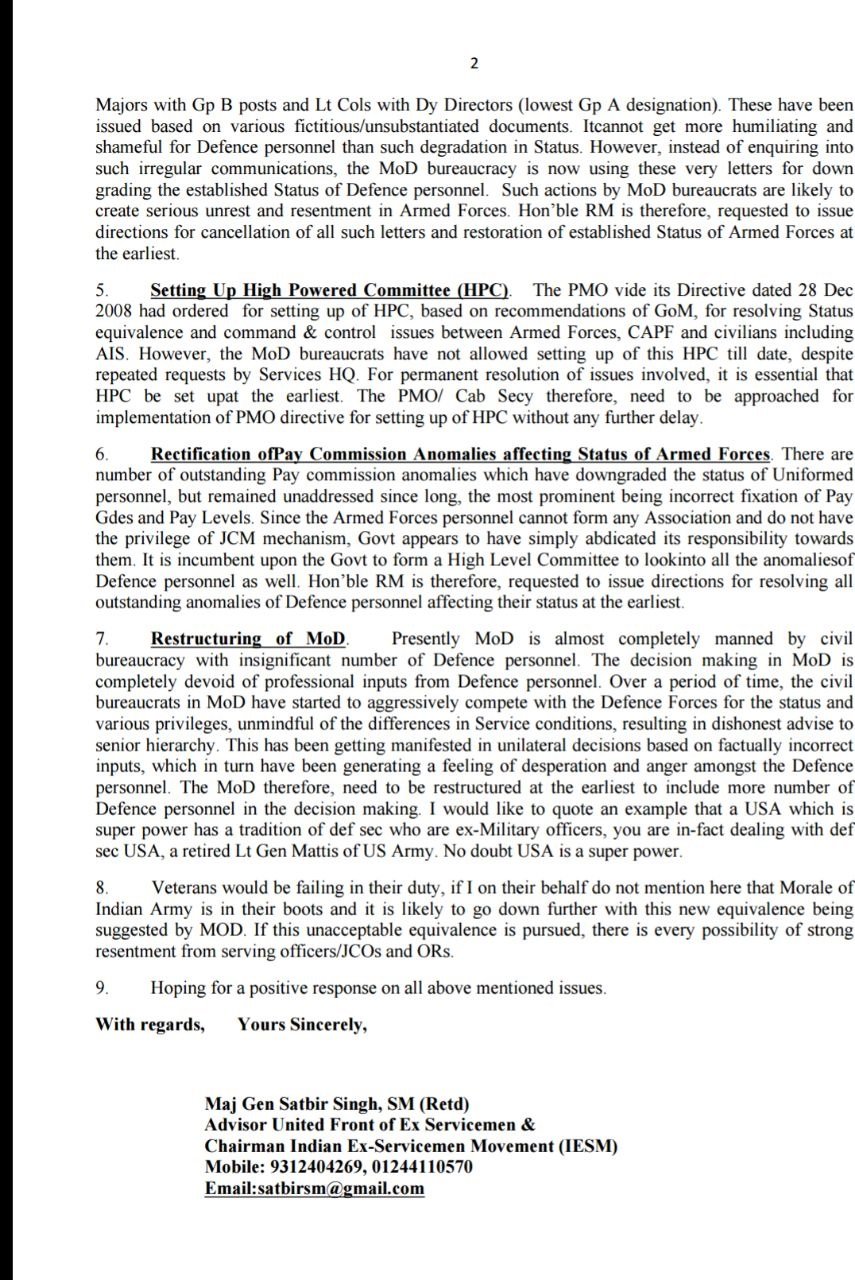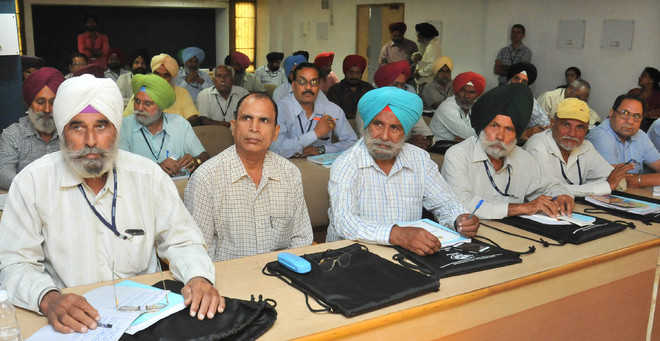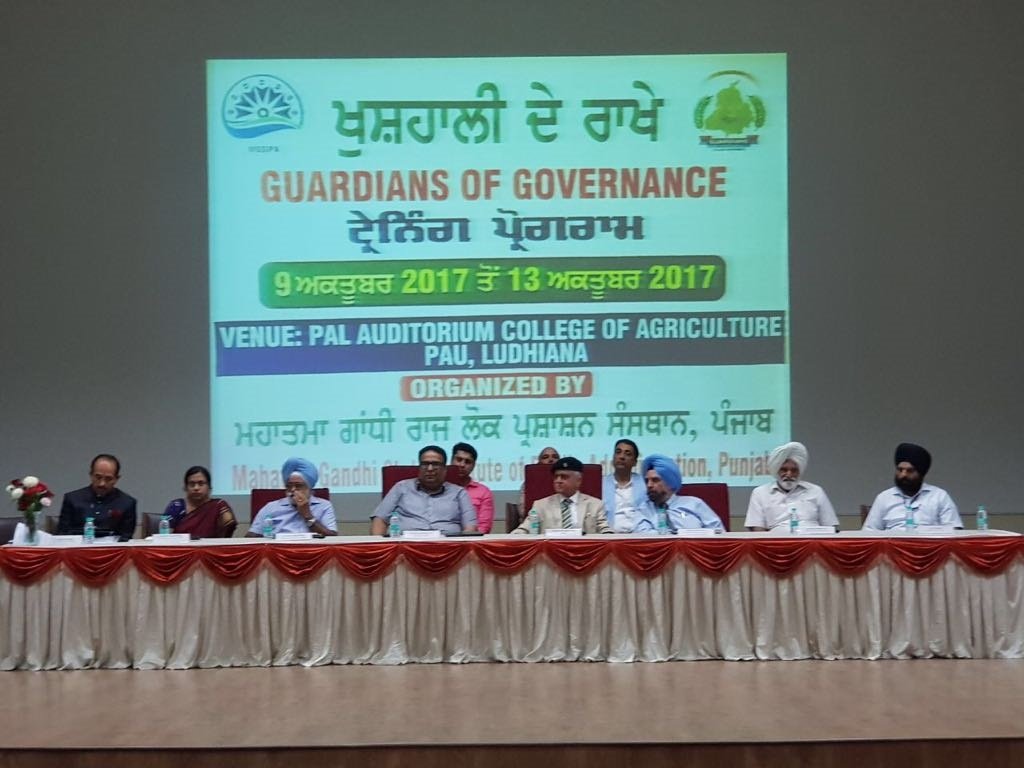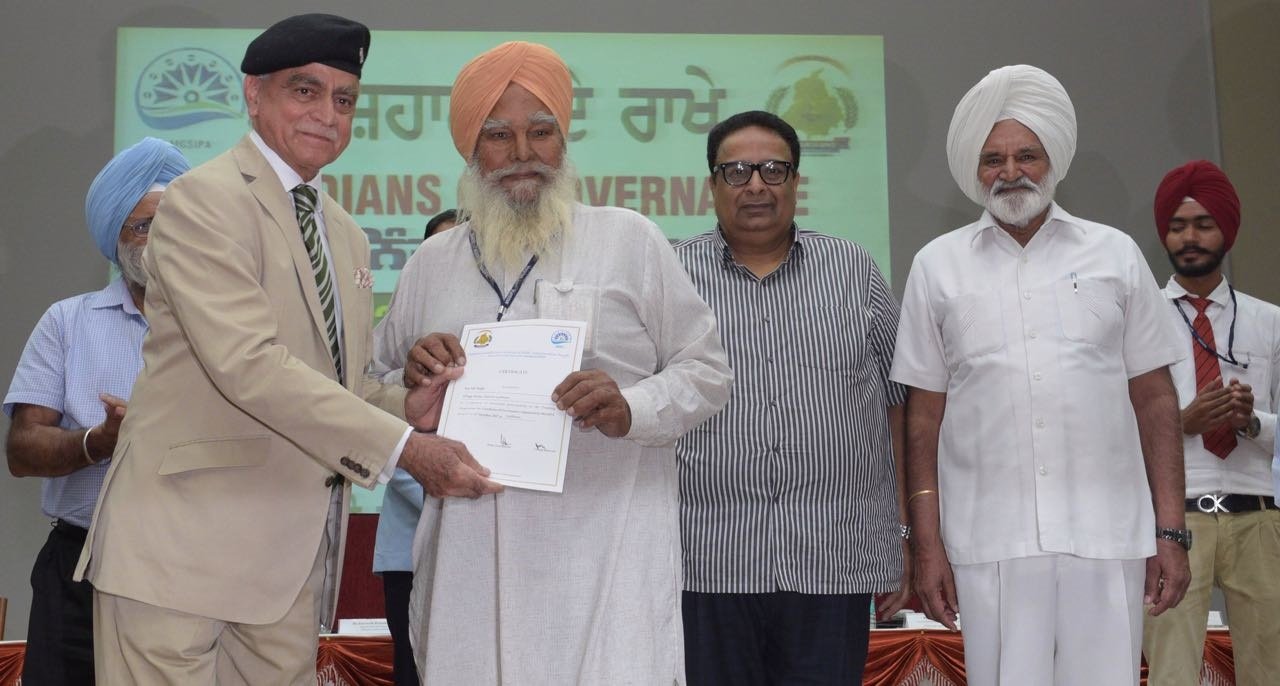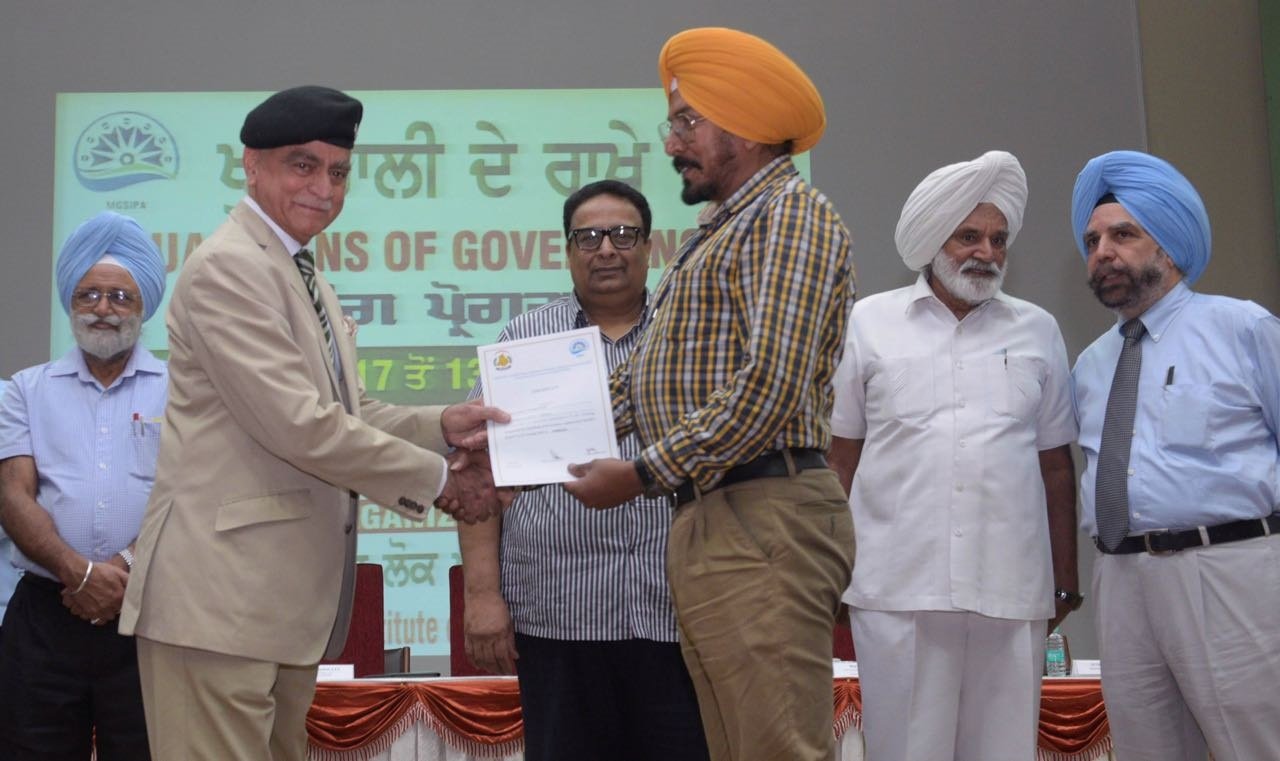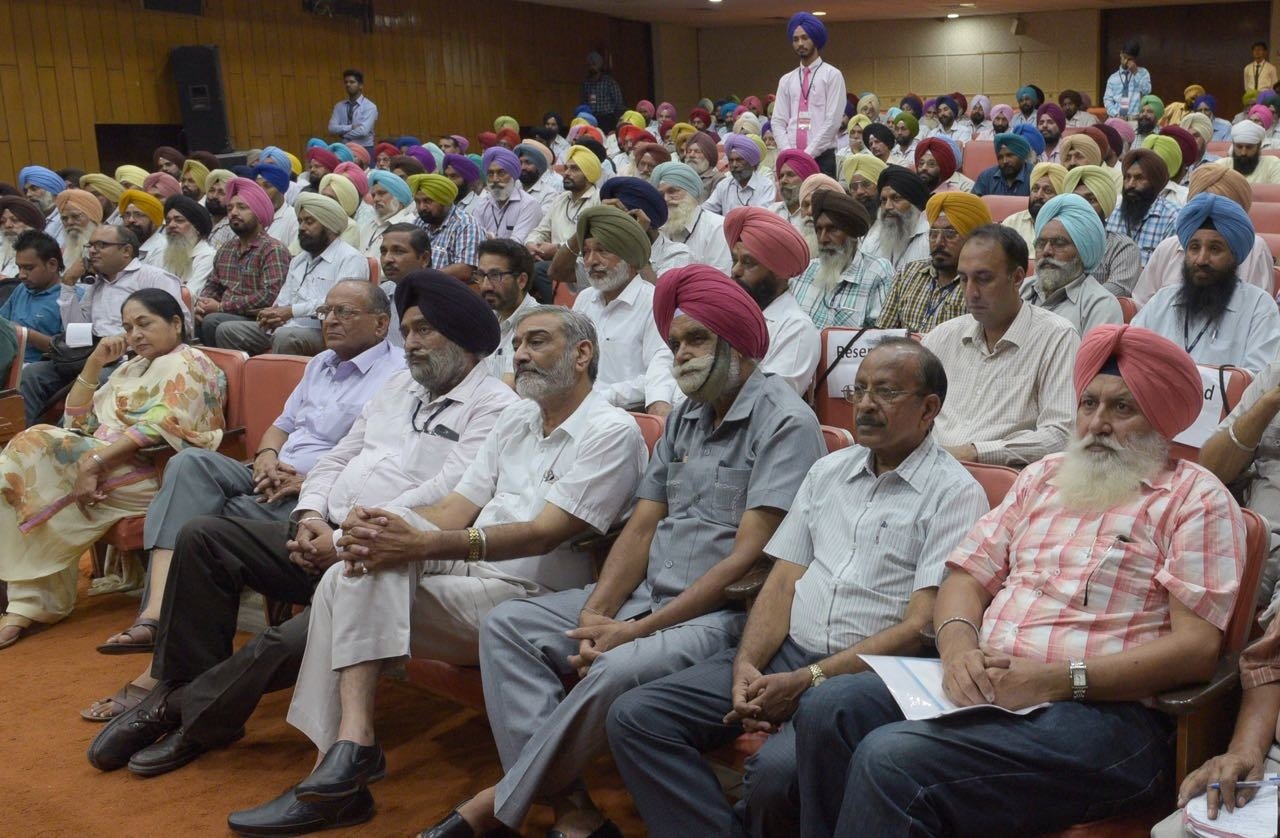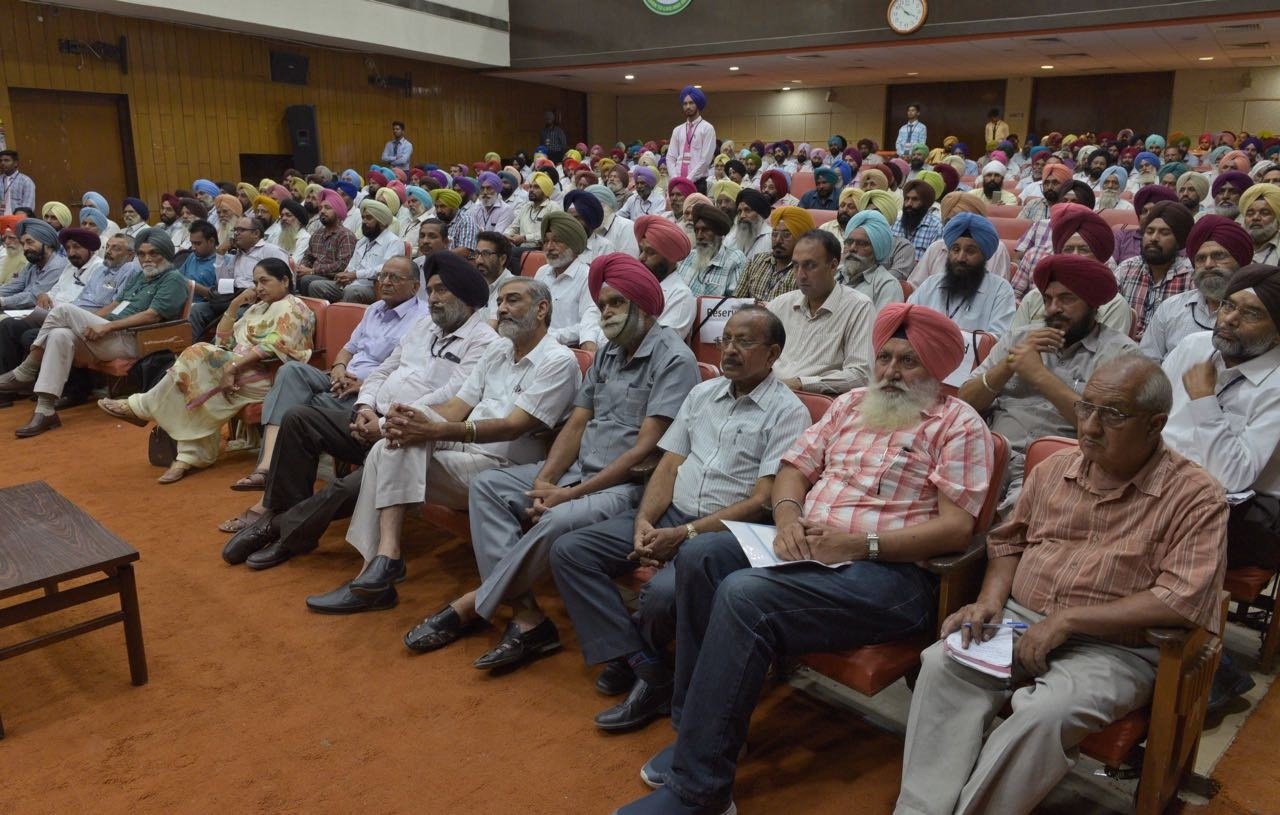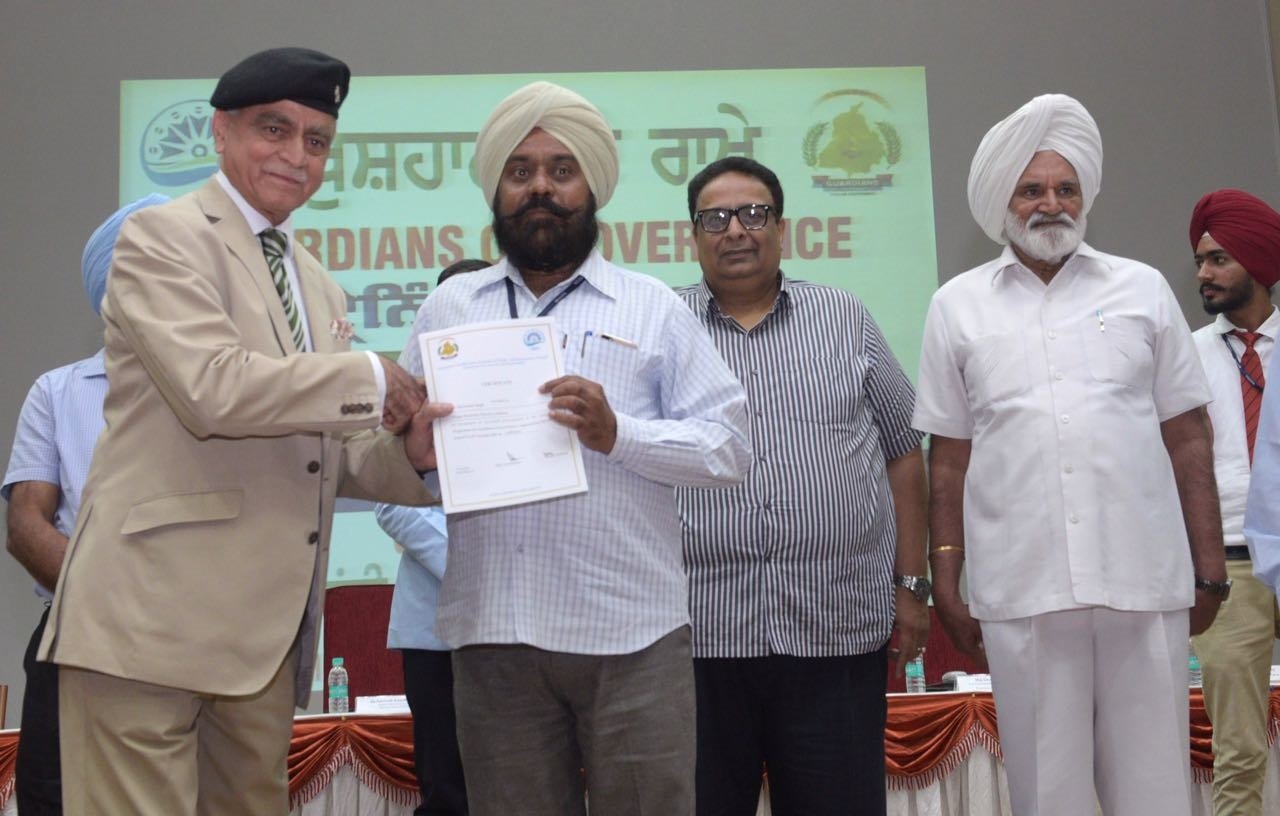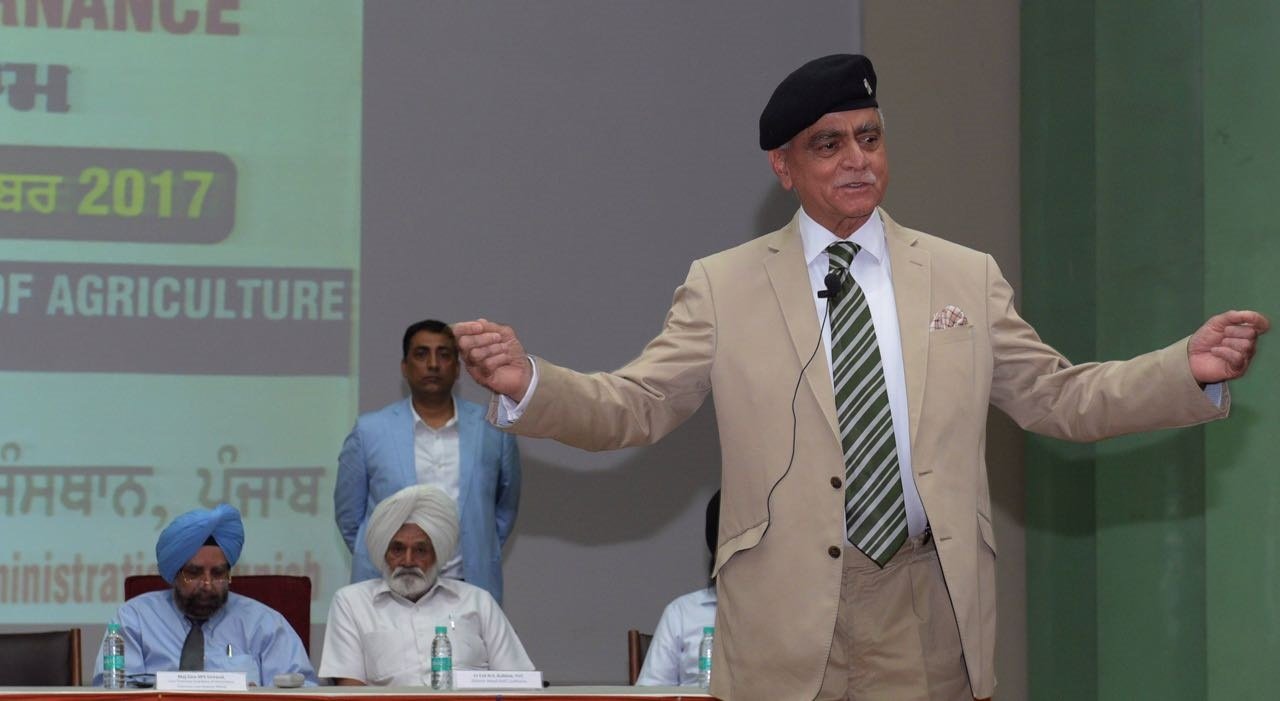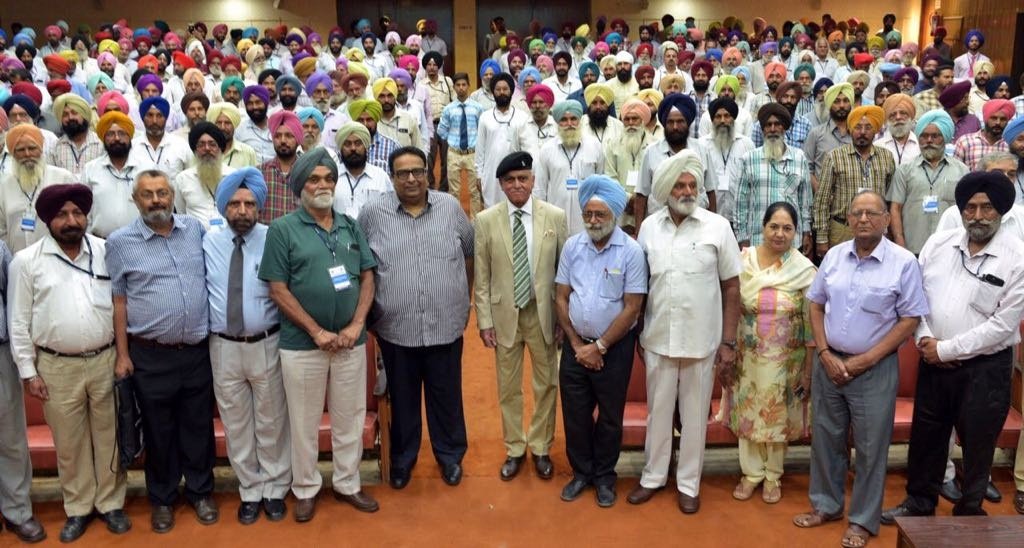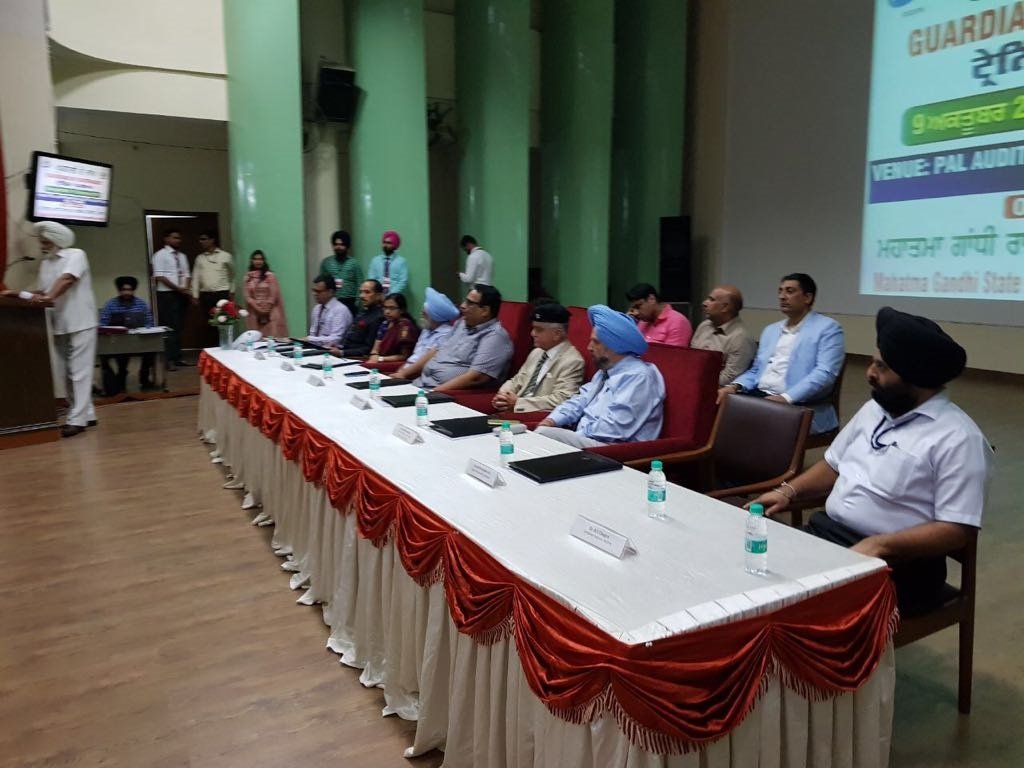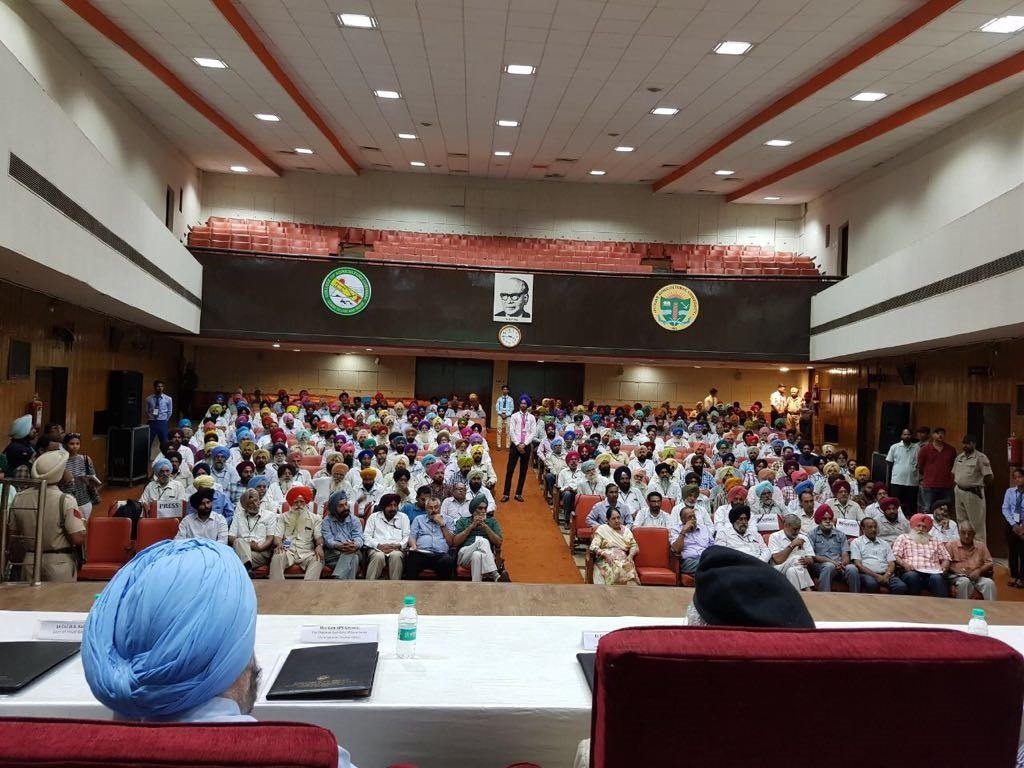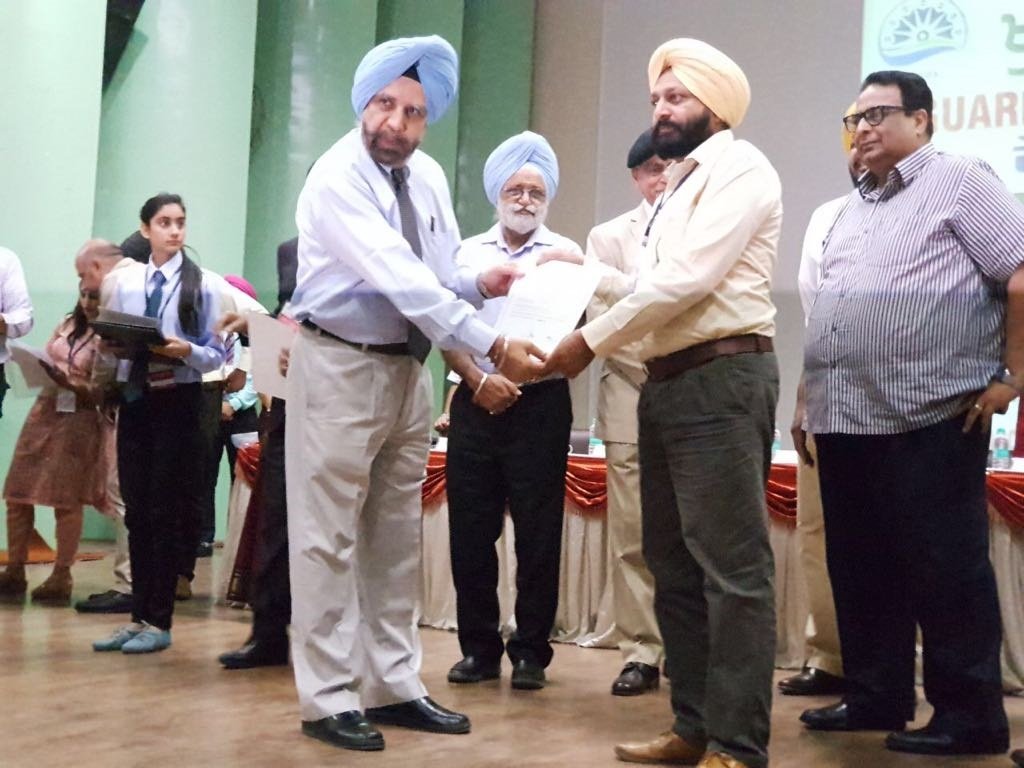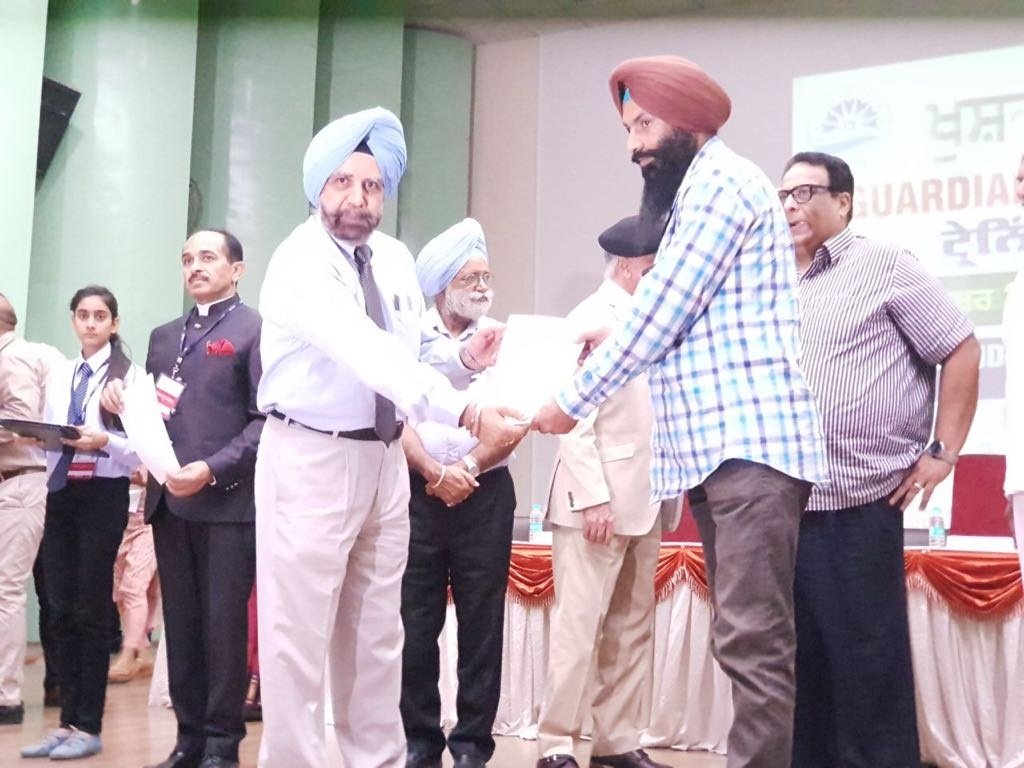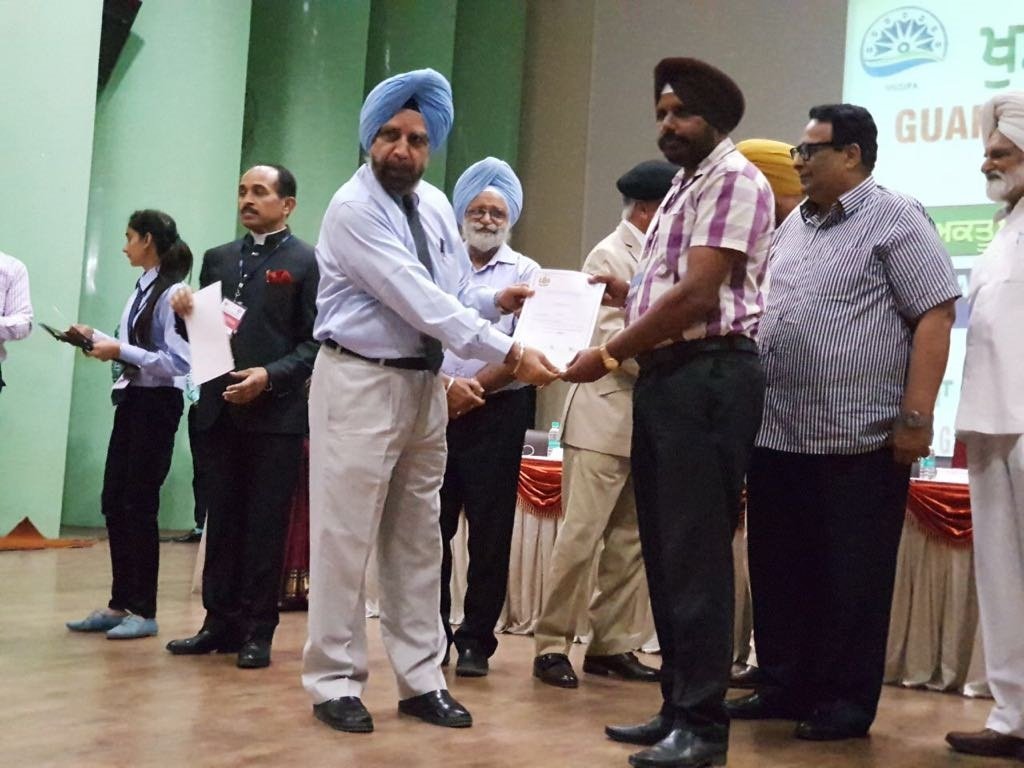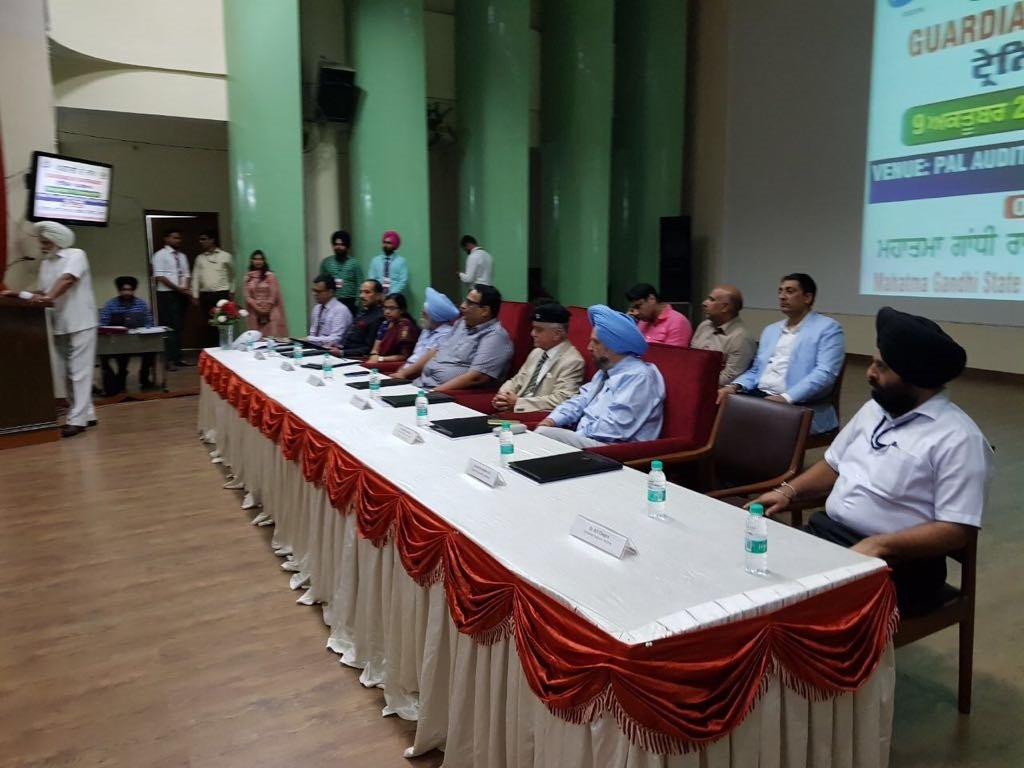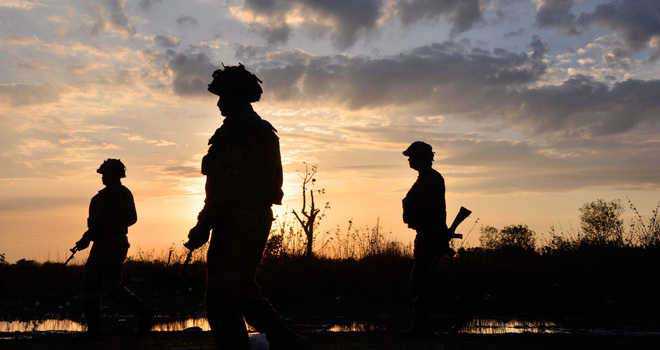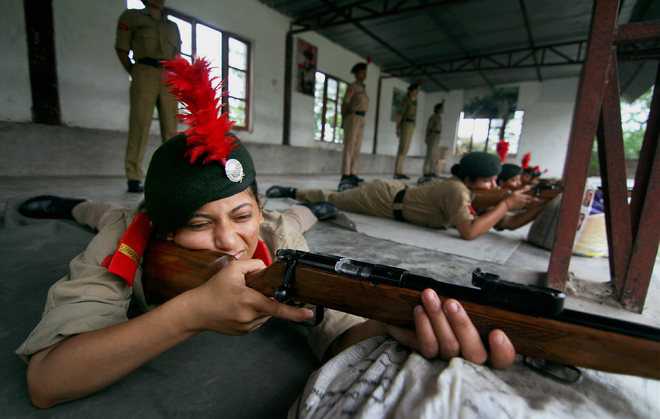Pakistan’s infamous quest to acquire ‘Strategic Depth’ within Afghanistan, has ensured the continuous ISI machinations, interventions and deceits within Afghanistan, that has led the common Afghan to loath Islamabad. Increasingly the Pakistani duplicity is getting exposed and the evolving geopolitical churning is further denying the Pakistan in getting the aspired ‘Strategic Depth’
The curse of the illogically drawn cartographical lines across the Indian subcontinent by the British colonisers is the reason behind most of the fiery borders and LOCs that bleed the contiguous nations even today.
The haunting legacy of Sir Mortimer Durand’s simplistic 2,640 kilometre long line (Durand Line), which created a protective ‘buffer state’ between British India and Tsarist Russia in 1893, sliced the Pashtun population into two sovereigns – a part that slipped into British India and the other that was retained by the Emir of Afghanistan, Abdur Rahman Khan – besides conveniently tucking in Baluchistan into British India, and later uneasily into Pakistan.
This lazy division of the irrepressible Pashtun populace has since been vehemently and consistently opposed by the 50 million-odd Pashtuns on both sides of the Durand Line – with an estimated majority of approximately 30 million Pashtuns resident in modern-day Pakistan.
Pursuant to these unaccepted slices, Afghanistan, which actually preceded Pakistan as a nation-state, opposed the creation, legitimacy and entry of Pakistan into the United Nations. The relative insignificance of Afghanistan in the late 1940s disabled it from effectively redrawing the Durand Line while the country born out of the ‘two-nation’ theory, Pakistan, offered feeble ‘fusion’-confederate options to Afghanistan, citing commonality of faith.
Recognising the intensity of the Pashtun sentiment, Pakistan arrived at a reconciliatory arrangement in the Pashtun-dominated area and designated the same as the Federally Administered Tribal Area (FATA) – a semi-autonomous set-up with archaic laws which empowered the tribal jirgas to mete out justice. Yet, the Pashtuns remained restive and tentative with the arrangement, and portents of a unified ‘Pashtunistan’ led to many Af-Pak border raids. At one time, Pakistan’s President Ayub Khan even broke off diplomatic ties with Afghanistan, and Kabul retaliated by closing its borders.
However, following internal strife within Afghanistan, including the overthrow of the monarchy, ‘Saur Revolution’ and, finally, the arrival of the Soviets, the popular angst amongst the locals changed towards ousting the Soviets and their propped-up regime in Kabul. The US supported the Afghan mujahideen with money and weapons that were routed through Pakistan’s ISI.
Given the landlocked status of Afghanistan and the open land borders, the ISI/Pakistan footprint and impact became invaluable to the anti-Soviet operations and, in the process, the ISI cultivated its own framework of dependent warlords, implants and networks that have sustained till date and continue to wreak havoc, much after the Soviets left the Najibullah government in the lurch in 1989.
Having appropriated the cause of anti-Soviet efforts, Pakistan started fancying Afghanistan as its own backyard and fiefdom, by influencing the situation using its trump cards like Gulbuddin Hekmatyar and, much later, by silencing all dissonance with the creation and deployment of the Taliban — a Pakistani homegrown phenomenon that introduced unprecedented radicalism, revisionism and intolerance. ISI pillars like the late Lt Gen Hamid Gul had finally succeeded in creating a vassal, or a client state that toed Rawalpindi’s line.
The term ‘strategic depth’ in the Pakistan-Afghanistan context was propounded first by General Mirza Aslam Beg and provided the context and thinking behind Pakistan’s strategic interventions and manipulations in Afghanistan.
In its strict sense, the concept of ‘strategic depth’ envisages a tactical retreat when under attack to a geographical hinterland to absorb the initial enemy thrust and provide for crucial time and space to regroup and retaliate. However, this is conceptually unviable, even puerile, given the improbability of Pakistani forces vacating from Pakistan and relocating into the Afghan swathes to ward off a potential first-strike by India!
So, the more plausible interpretation is that it was meant to avoid the spectre of a choking encirclement by India and a Russia-supported Afghanistan – ‘strategic depth’ is one of a pliant ‘backyard’ or ‘nursery’ that economically, diplomatically and militarily sustains on Pakistan’s dole, and does the bidding on its behalf to fulfill Islamabad’s strategic preferences.
Changed situation
However, the change in power from Taliban to the avowedly pro-West Hamid Karzai, and now the Ashraf Ghani regime, have frustrated the Pakistani calculus for usurping power and control of Afghanistan. The proxy wars in the region and the brazen desperation of the ISI has, for once, posited Islamabad against its long-term ally, the US. Advancing Pakistani interest and neutralising the growing Indian-US-Afghan axis has taken the shape of Pakistan recklessly supporting the Haqqani-faction and the Afghan-facing Taliban.
The duplicitous nature of Pakistani actions in Afghanistan led Gen. Joseph Dunford, chairman of the US Joint Chiefs of Staff, to state, “It is clear to me that the ISI has connections with terrorist groups”. The traditional US tactics of cajoling, nudging and even ‘droning’ Pakistan have given way to more plain-speaking under the Trump regime.
Washington DC’s latest ‘Afghanistan plan’ is more assertive and direct – it envisages putting 3,900 more US troops on the ground, more pro-active support from India (albeit, non-military) and the accompanying language of the US Defence Secretary, James Mattis, is unequivocally blunt and accusative of Pakistan, “We need to try one more time to make this strategy work with them – by, with and through the Pakistanis – and if our best efforts fail, President Trump is prepared to take whatever steps are necessary”.
The government in Kabul is also furious with the ongoing Pakistani machinations and designs on Afghanistan. With this, and the renewed military, diplomatic and financial commitment from the US and
India, the possibility of Pakistan developing ‘strategic depth’ has further waned.
Recently, President Trump did some straight shooting when he said, “Pakistan has much to gain from partnering with our effort in Afghanistan. It has much to lose by continuing to harbour terrorists”. The Pakistani bogey and bluff has been called out as part of Trump’s “principled realism”. Besides the heightened commitment towards supporting the Afghan regime in Kabul in terms of material, financial and personnel wherewithal, the implied hard-line on Pakistan, specifically, is a departure from the standard US diplomatic fare, completely denying Islamabad any hopes of creating ‘strategic depth’ in Afghanistan.
(The writer is a former Lt Governor of Andaman & Nicobar Islands & Puducherry)












